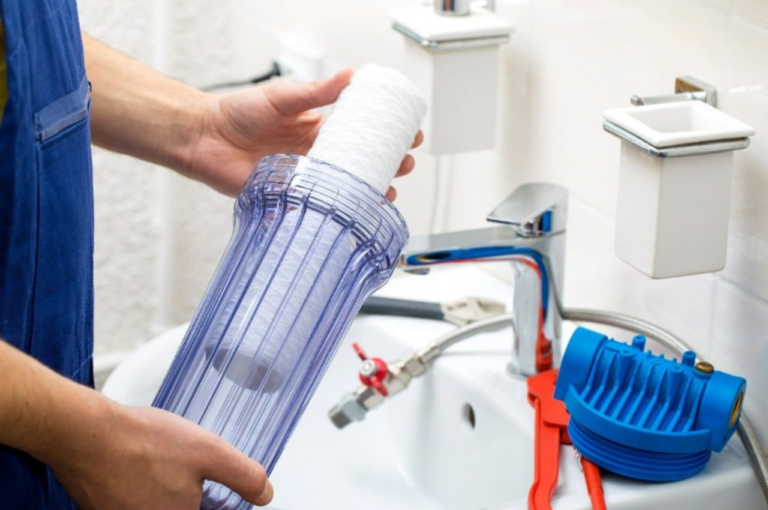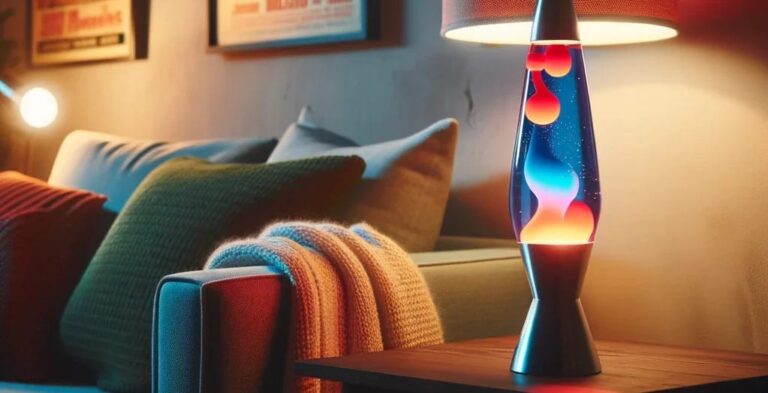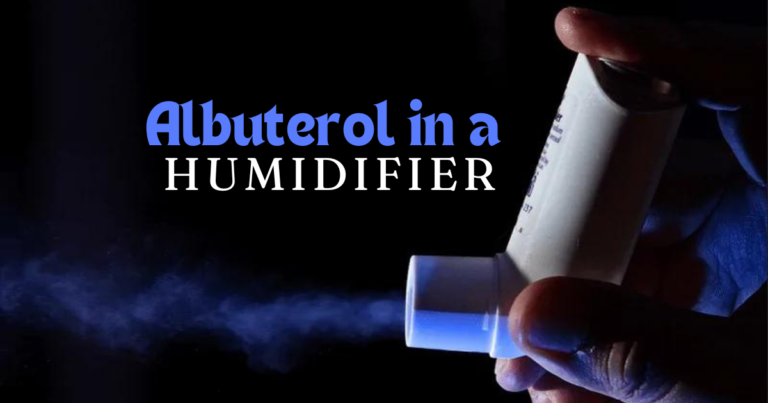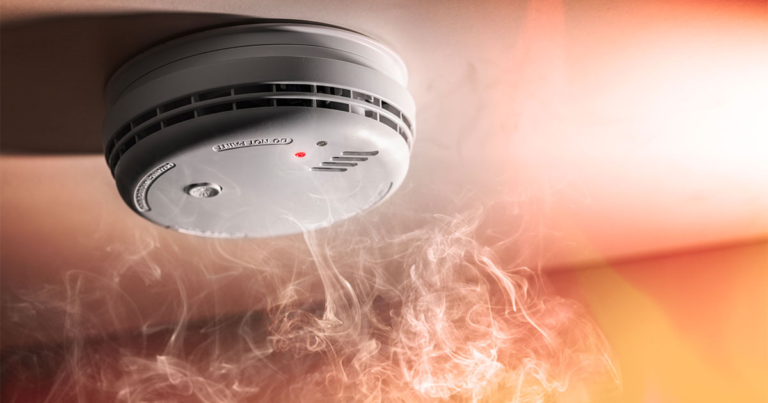Black Wood Floors: A Common Problem and How to Fix It!
If you have noticed that your wood floor is turning black, you may be wondering what could be causing this problem. Black discoloration on wood floors can be caused by a variety of factors, including moisture, mold, and mildew.
In this article, we will explore the most common causes of blackwood floors and provide tips and techniques for preventing and fixing this issue.
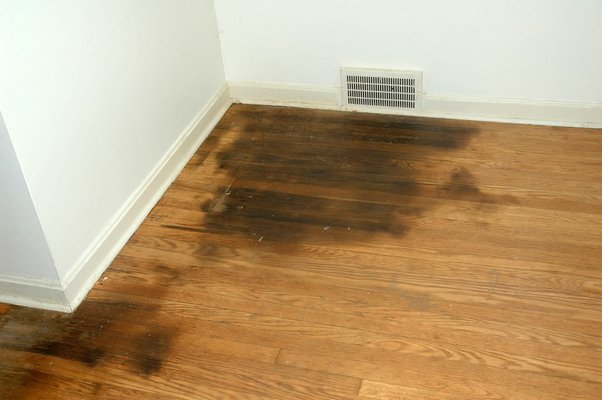
Whether you have a newly installed wood floor or an older one, it is important to take steps to maintain the integrity and appearance of your flooring.
With the right knowledge and approach, you can keep your wood floors looking beautiful and healthy for years to come.
Diagnose the Inside
Whenever you are hurt and there’s a black spot on your skin, it is presumed that the injury is caused by internal bleeding and the spot on the skin is the revelation of such injury.
Likewise, most of the time, the root cause of the blackening of your wooden floor is not superficial, rather it is stained inside the material and surfaces as a symptom on the outside. That’s why fixing the exterior without acknowledging the root cause will proliferate the issue.
So, what could cause such damage inside that surface as a blackened stain?
1. Sap staining
Causes – Wood that has blue to greyish-black stains on its surface, caused by a wood-staining fungus, is referred to as blueing, blue stain, or sap stain. There are between 100 and 250 species of blue-stain or sap-stain fungi known today.
Sapstain-causing fungi prefer to attack somewhat drier wood, such as freshly cut planks and boards. The final strain is found in wood that has been processed and used in some way, whether coated or not. Moisture and fungal spores can get through the flaws in the covering and into the wood. The fungus grows beneath the coating and produces fruiting bodies, which can increase the coating layer and harm the wood after it has been used.
But we are not here to cry over the spilled tea, are we? What’s done is done. Let’s focus on what we can do about it.
Fixes – Moist lumber is prone to fungal stains. Although this staining does not cause physical decay, it does reflect badly on the furnished floor. But every problem has solutions. Modern anti-sap stains treat stains for the wood flooring which are not as toxic as their mercury-based predecessors. However, even there’s a possibility of chemical hazards with such products.
Recently, there has been an invention of such fungal which can kill the sap-staining fungal, like using a thorn to remove a thorn.
2. Iron stain
Since iron and wood lay together, it is plausible for iron to contaminate wood.
Causes – Nearly all woods can develop iron stain, which is blue-black or gray staining. Since these woods contain substantial levels of tannin-like extractives, oak, redwood, cypress, and cedar are particularly susceptible to iron stains.
Chemical interaction between extractives in the wood and iron in steel items, such as nails, screws, and other fasteners and appendages, causes discoloration. This usually happens the first morning after a shower or dew, when the extractives and iron come into contact and react.
Fixes – You don’t need to go extra mile for this one. You will need a metal cleanser.
Sprinkle the powder on the infected area. dip an old toothbrush into the water and scrub it in the powder and make it a paste. Leave those for 30 minutes. You will observe a noticeable difference. Water again in that area. And wipe it paste with a wet cloth. And Viola! New as ever.
3. Mold Infestation
The most common ground for wood floors to turn black is mold infestation.
Causes – The problem degenerates when wood flooring mold is found on the bottom of the hardwood. it is undoubtedly one of the most difficult problems to locate and treat. You may not realize there is an issue until you notice musty odors or deformation on the hardwood floor itself.
When moisture is trapped beneath a floor, the wood begins to absorb it slowly. The planks expand and twist as they absorb the water.
Fixes – Needless to say, black mold is hazardous, and you should prepare your protective equipment. When dealing with black mold, you should wear a respirator to protect yourself from inhaling toxic mold spores.
Before you start removing the mold, vacuum the residue from the affected spot. Using a HEPA-filtered vacuum, collect any loose mold spores on or near the affected section of wood. Vacuum the surface deeply, after which try taking the vacuum outside just to empty it. Pack the vacuumed material tightly in a plastic bag to prevent spores from getting away.
Now, comes the main part. Fortunately, you won’t have to go heavy on your pockets to remove the mold. The most effective way of removing mold from wood is to use dishwashing soap and a warm water cleaning solution. If that doesn’t work, try distilled white vinegar, which can destroy up to 80% of mold species.
Must Read: Advantages and Disadvantages of Wet and Dry Vacuum Cleaners
Inspect The Surface
Sometimes the root cause may not be on the root, but rather on the surface itself. But that doesn’t give us the privilege to kick them off our concern list and forget about the issue. So, what are the surficial causes that can damage your wooden floor?
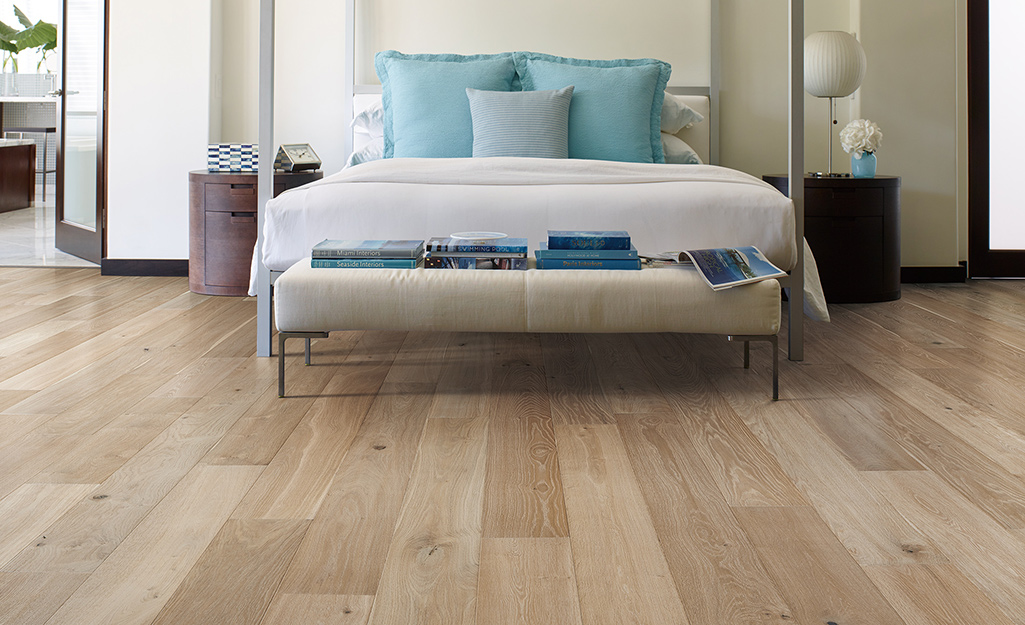
1. Too Much Water
You may think since the trees outsides are keeping the body and soul together in rainwater and flood, your wood floor inside the home can also survive the excess water. Moisture content causes a black mold to grow on your hardwood floor, destroying its beauty.
Causes – If there’s a plumbing line underneath the wood, there’s a chance that the pipe had a crack and the water leaking is turning your floor black. Also, if you are not careful while watering your indoor plant and water goes more into the floor rather than the tree, mold ingrown can cause a dark spot on the wood.
Fixes – You will probably need to use a commercial wood bleach to remove stubborn black water stains. I know this may sound costly and pricy, but it’s worth saving your beloved floor. Simply apply mixed wood bleach to the wood with a brush. Afterward, allow four hours for the wood bleach to work. Then, use a sponge to apply a mixture of two parts water and one-part vinegar to neutralize the wood bleach.
IMPORTANT: Due to a lack of moisture in hotter climates, wood can crack. So make sure you rehydrate your wooden floor too.
You wanna know a secret? Baking soda is also a very efficient component for removing water stains from your wooden floor. Make a baking soda and water paste. Use a microfiber cloth to rub the paste into the stain and leave it for 24 hours. Allow drying overnight after applying furniture polish.
2. Bio-chemical substances
Causes – If your kitchen is built on a wooden floor, there might be a spilling hazard of harmful chemical substances that eventually turns your floor black. Acetone, oil, milk, chlorine, and acetic acid are some of the most frequent household goods that can cause chemical stains on hardwood floors.
Moreover, the most common causes of stain script on hardwood floors are blood, ink, food spillage, pet pee, vomit, and feces. Mold and mildew thrive in the presence of urine, causing dark patches on the wooden floor. Urine contains ammonia, which triggers wood discoloration.
Fixes – The cheapest and most effective solution for cleaning animal urine is undoubtedly Hydrogen peroxide (3%) mixed with water. Simply moisten a rag or soft absorbent cloth, such as felt, and apply it to the affected area. Allow the rag to sit for a few hours to remove the urine stain and odor from the hardwood floors completely. Then, using a clean, dry cloth, wipe down the hydrogen peroxide area and allow it to dry.
Do not delay wiping the substance away from the floor. Blot the moistness away from the wood floor with an absorbent cloth. Let that soak up the wetness and moisture and pressure the place enough to suck the moisture content. Also, if necessary, do not hesitate to use as many clothes or rags as necessary to effectively suck the liquid from the floor.
Must Read: Pros and Cons of a Dehumidifier: Do You Need One?
Final Words
You probably have found the real culprit for turning your wooden floor black. That’s right. It’s moisture.
Excess water content can easily destroy your floor. Also, it may stir up a chemical reaction between two or more components and create a chemistry laboratory underneath your wooden floor.
So, always be extra careful while watering your indoor plants. Train your pets to use the little box. Don’t place any spillable product near the floor or someplace where it can drown the floor. If you have an air purifier or dehumidifier, beware of that water tank and check for leakage.
Even with such prevention, your floor blackens, don’t worry.
First, identify the cause and then take initiative after inspecting the cause.
Have a happy and bright home.


